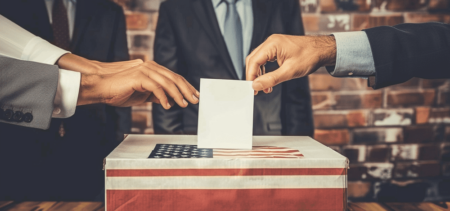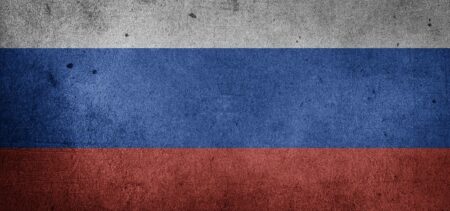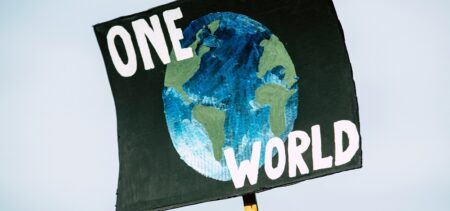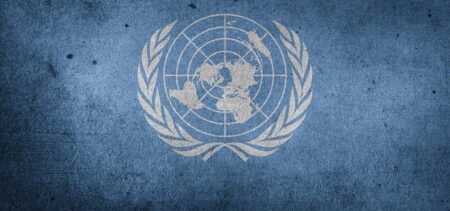The Internet Research Agency (IRA), a Russia-based operation that has been dubbed as a “troll farm” because of its development of more than 80,000 posts focused on divisive issues in the US, has recently created a new account: Memopolis. This meme-focused page used ads to target teens, exposed them to jokes in order to draw in a target group, and then introduced propaganda issues screened as jokes or memes. While this is not the first account used by the IRA to push propaganda into users’ Facebook feeds, the sponsored content did target a specific, yet original group of people: teenagers and young adults, interested in pages like BuzzFeed or 9GAG, according to data provided by Facebook. As Russia’s troll operations are becoming more creative and sophisticated, so are the actions of social media against these schemes.
Understanding propaganda
Propaganda actually means the spreading of ideas, information or rumors for the purpose of helping or injuring an institution, a cause, or a person and has been around for more than we would like to admit. As far back as reliable written evidence exists, so does proof of propaganda use. Spreading information that is not objective in order to influence public opinion on a matter was used as a military strategy in the days of the Cold War. Russians called this tactic Spetzpropaganda and used it to confound and weaken the US and other adversaries. Today propaganda dissemination is made easier thanks to the use of the Internet in general and especially to social media. While teenagers and young adults may not seem like the perfect target group for propaganda, children and teenagers are actually found to be the most vulnerable group, because they often lack critical reasoning and contextual understanding of certain types of information.
The extent of the matter
House Intelligence Committee Ranking Member Adam Schiff stated that thousands of Russian Facebook and Instagram ads targeting US voters were released online during the 2016 presidential election. “Russia sought to weaponize social media to drive a wedge between Americans, and in an attempt to sway the 2016 election. They created fake accounts, pages and communities to push divisive online content and videos, and to mobilize real Americans,” tweeted Adam Schiff. Supporting his claim, Facebook also published a statement concerning Adam Schiff’s findings, stating that the company provided Congress with the ads in order to increase its understanding of the extent of Russian interference in the last US presidential election. Facebook made it clear that it resorted to major changes in order to stop instigators from using misinformation to undermine the democratic process. “This will never be a solved problem because we’re up against determined, creative and well-funded adversaries. But we are making steady progress,” the company stated. As Facebook announced a series of changes in advertising, security and transparency, the company also took direct action against IRA’s intricate networks of fake accounts used to influence people in the US, Europe and Russia.
What will the future bring?
As propaganda attempts become more and more creative and highly developed, it becomes increasingly difficult for social media websites to keep up with the efforts. Furthermore, all changes made by Facebook and other social media websites will affect advertisers on a global level. While continuously reviewing the targeting criteria behind Facebook and Instagram ads may prove to be the key factor in providing users with content that follows certain principles, it may also cause disruptions in the advertising industry. That is the reason behind Facebook’s decision to maintain some targeting criteria that may seem questionable. “We do see businesses marketing things like historical books, documentaries or television shows using them in legitimate ways,” Facebook stated. But the Memopolis case showed that even interests like BuzzFeed or 9GAG may be used for propaganda.
The most famous radio broadcast of H. G. Wells ‘The War of the Worlds’ is often described as having led to shock and hysteria by some listeners who were made to believe that the events described were actually real. The new threats of propaganda via social media and fake news in general have been shown to cause interference in the democratic process as well as confusion regarding certain topics. The Memopolis case is proof that even teenagers and young adults may be used as target groups for propaganda. Social media websites concentrated their efforts in protecting the public from other types of cybersecurity threats in the countdown to the 2016 elections. But they may have been insensible to the new form of propaganda that made its way into social media.














































